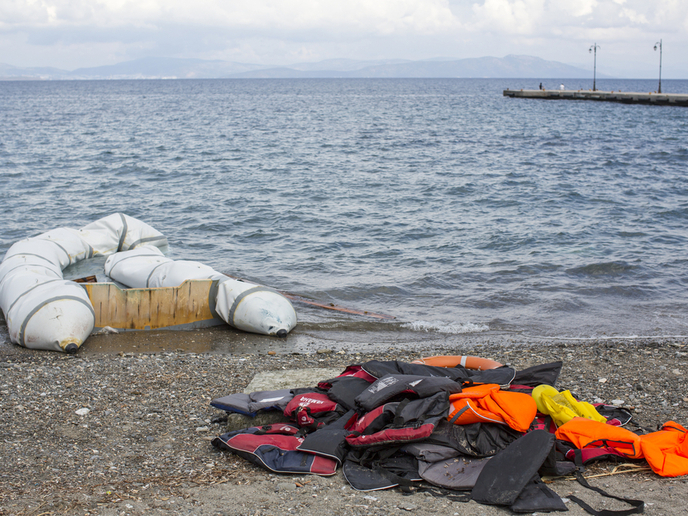Predicting future patterns of migration to Europe
While migration is a constant phenomenon, it is often influenced by local and temporal forces. “Local circumstances play a major role in the entire migration process, starting from the decision to migrate and continuing through to the transit process and, finally, to where migrants settle in their destination country,” explains Carsten Kessler(opens in new window), a professor of Geoinformatics at Aalborg University(opens in new window) in Copenhagen and FUME(opens in new window) (Future Migration Scenarios for Europe) project coordinator. By studying the major factors impacting migrant movement patterns and analysing the regional and local circumstances that cause a migrant to move from one place to another, the project aims to determine future trends in migration. “Understanding the regional socio-demographic, economic and environmental challenges that may shape future migrant movement patterns in Europe is the key to making informed decisions and implementing effective policies,” adds Kessler.
New perspectives on migration drivers
To focus on the role local circumstances play in migration decisions, researchers selected a number of countries of origin with a history of migration to Europe, including Iraq(opens in new window), Senegal(opens in new window), Tunisia(opens in new window) and Ukraine(opens in new window). The project also investigated the local effects of migration in four major EU cities: Amsterdam(opens in new window), Copenhagen(opens in new window), Krakow(opens in new window) and Rome(opens in new window). Through interviews and surveys, researchers gained new perspectives on what drives residents to migrate. For example, researchers found that temporary migration and nomadic lifestyles are embedded in Senegalese culture, due to the country’s geographical location, history and demography. Kessler explains: “In this case, migration is driven by environmental, economic and social dilemmas of Senegalese society.”
Mapping future migration patterns
These insights were used to develop a set of scenarios describing what migration to Europe might look like in the coming decades. Returning to the Senegal case study, researchers found that future migration – and its regularity or abnormality – will depend on policies and relationships between West Africa and the rest of the globe. It will also depend on development within Senegal and whether the country can transform into a place where residents can live and work for their entire lives. “Despite their rigid borders, Europe is likely to continue to be a key destination for Senegalese migrants, primarily due to the existing networks of the Senegalese diaspora,” remarks Kessler.
Applying demographic modelling
The project succeeded at producing a large body of insights about migration propensity across different regions with a history of migration to Europe. Many of these results have been published as academic articles and reports(opens in new window). But perhaps the project’s biggest accomplishment is what it has accomplished in terms of demographic modelling. “To the best of my knowledge, this is the first time migration models starting from the international and moving to the regional and, finally, the local level have been fully integrated,” concludes Kessler. “As a result, we can now assess the effects that international migration has not only on the destination country but, perhaps more importantly, on the destination city.” To continue exploring migration at the local level, some of the FUME project partners(opens in new window) have joined forces to conduct additional work via new EU-funded research.







